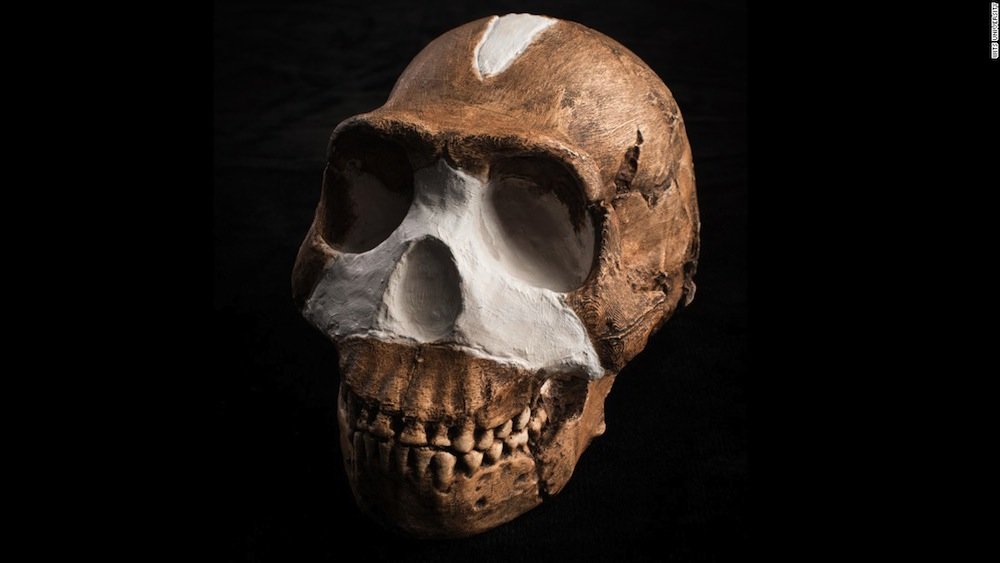
This finding suggests that a diverse range of human species might have lived at the same time in Africa, just as they might have in Asia, researchers said.
In 2015, scientists reported South African fossils of a hitherto-unknown relative of modern humans that possessed an unusual mix of features, such as feet adapted for a life on the ground but hands suited for a life in the trees. The fossil's discoverers named the species Homo naledi, and noted that although the early human had a brain about the size of an orange, these humans may have performed ritual burials of their dead.
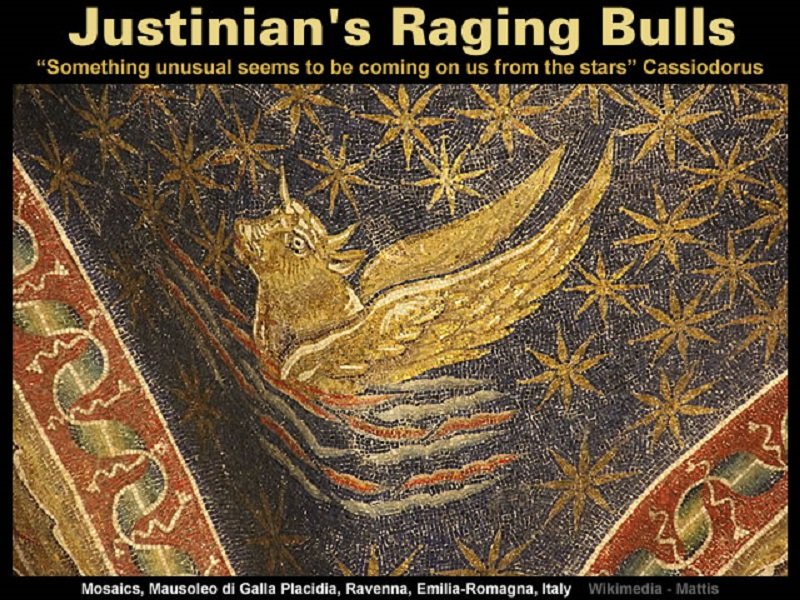

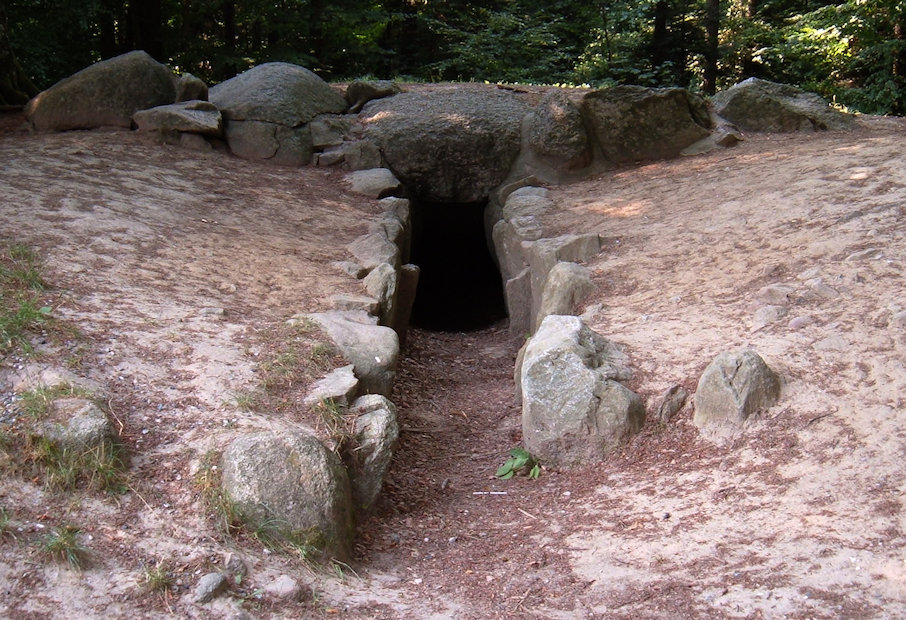
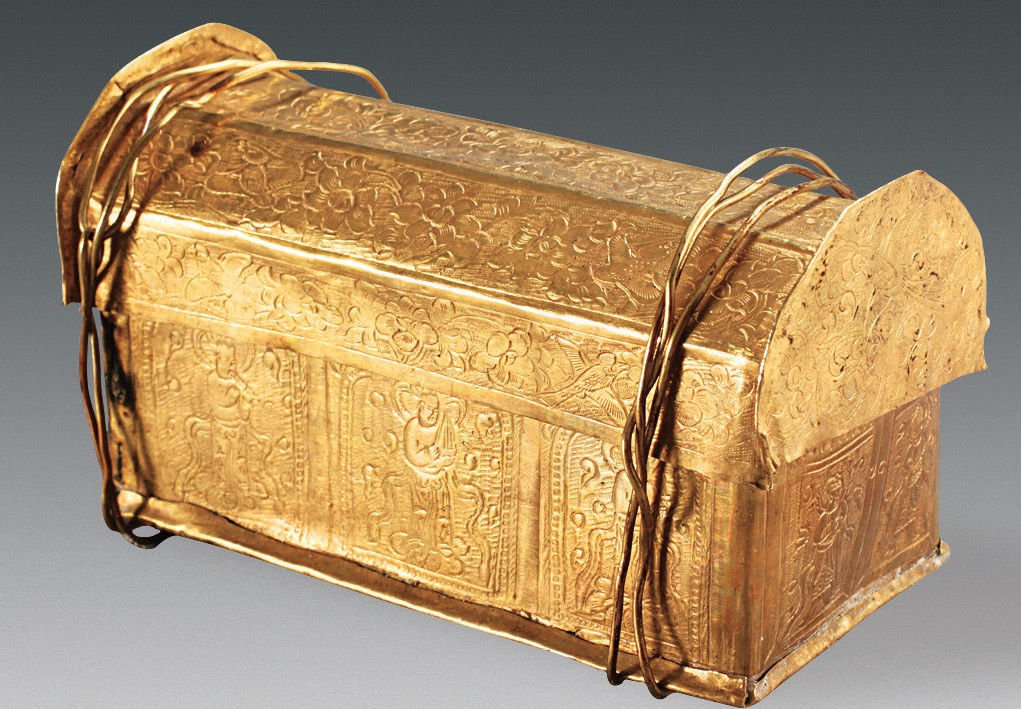
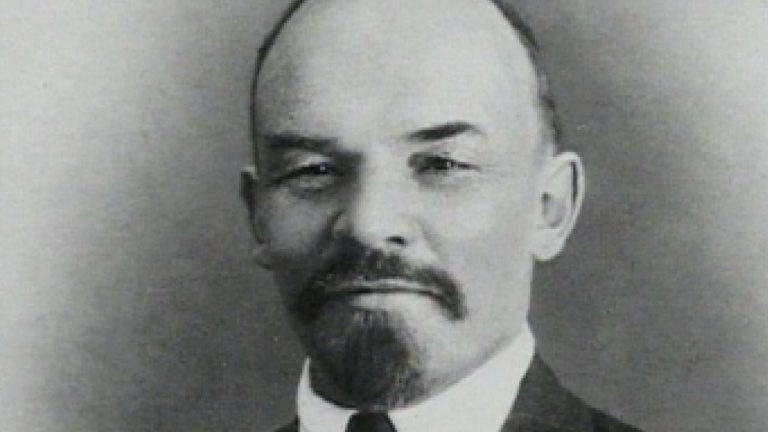
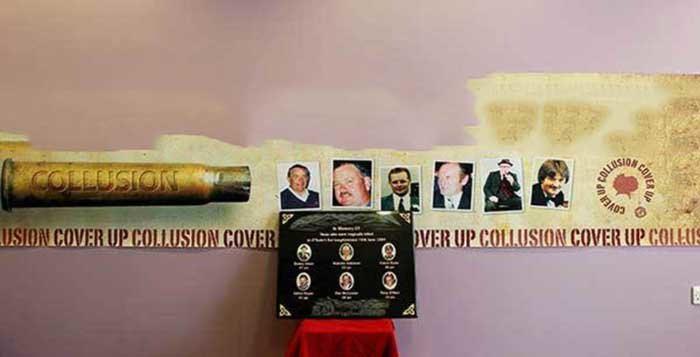
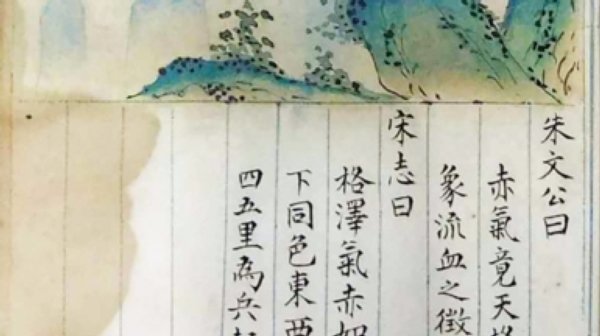
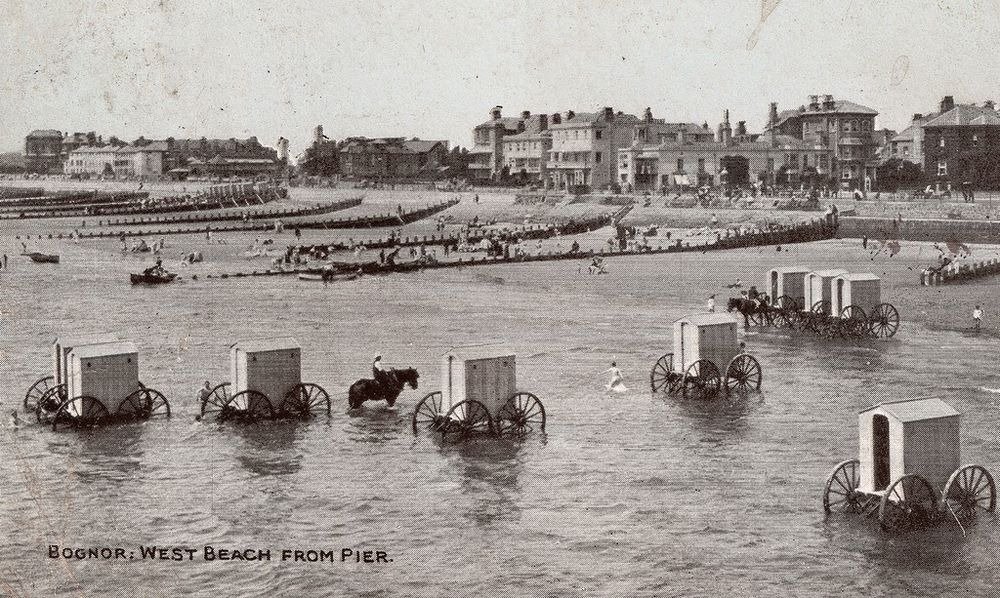
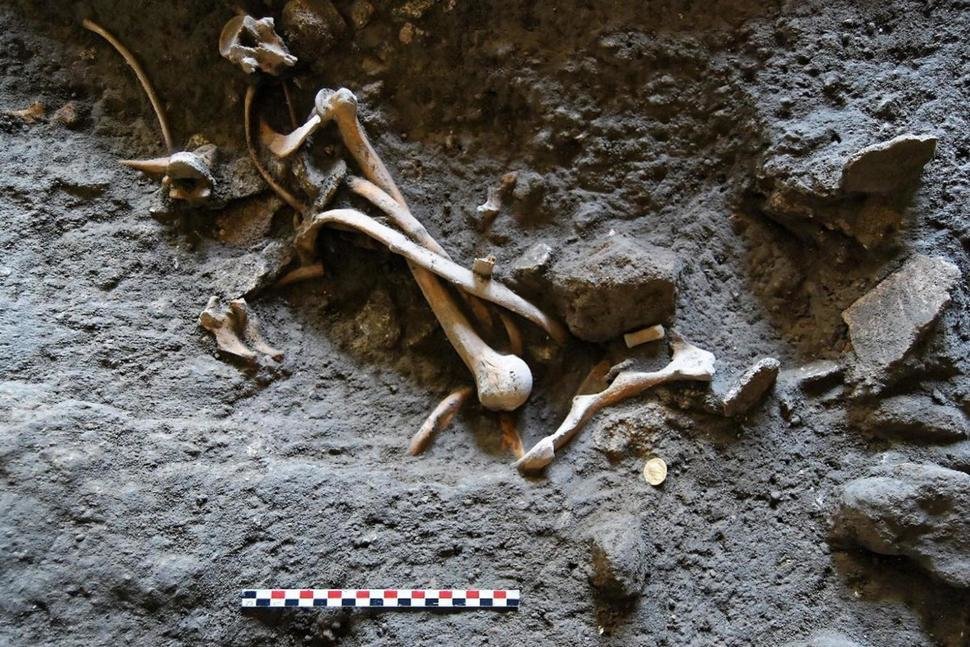



Comment: Further reading: